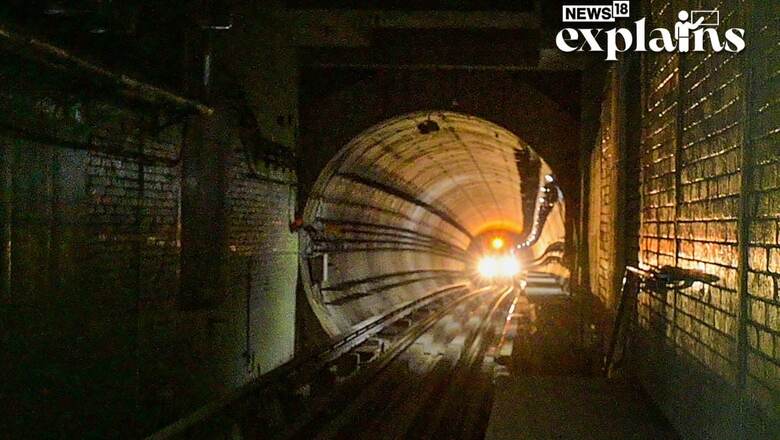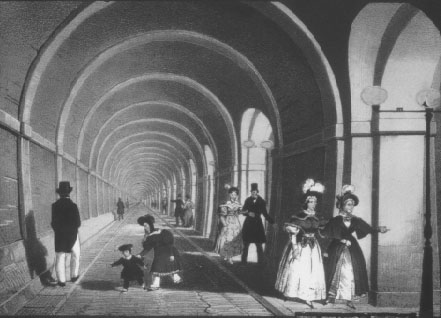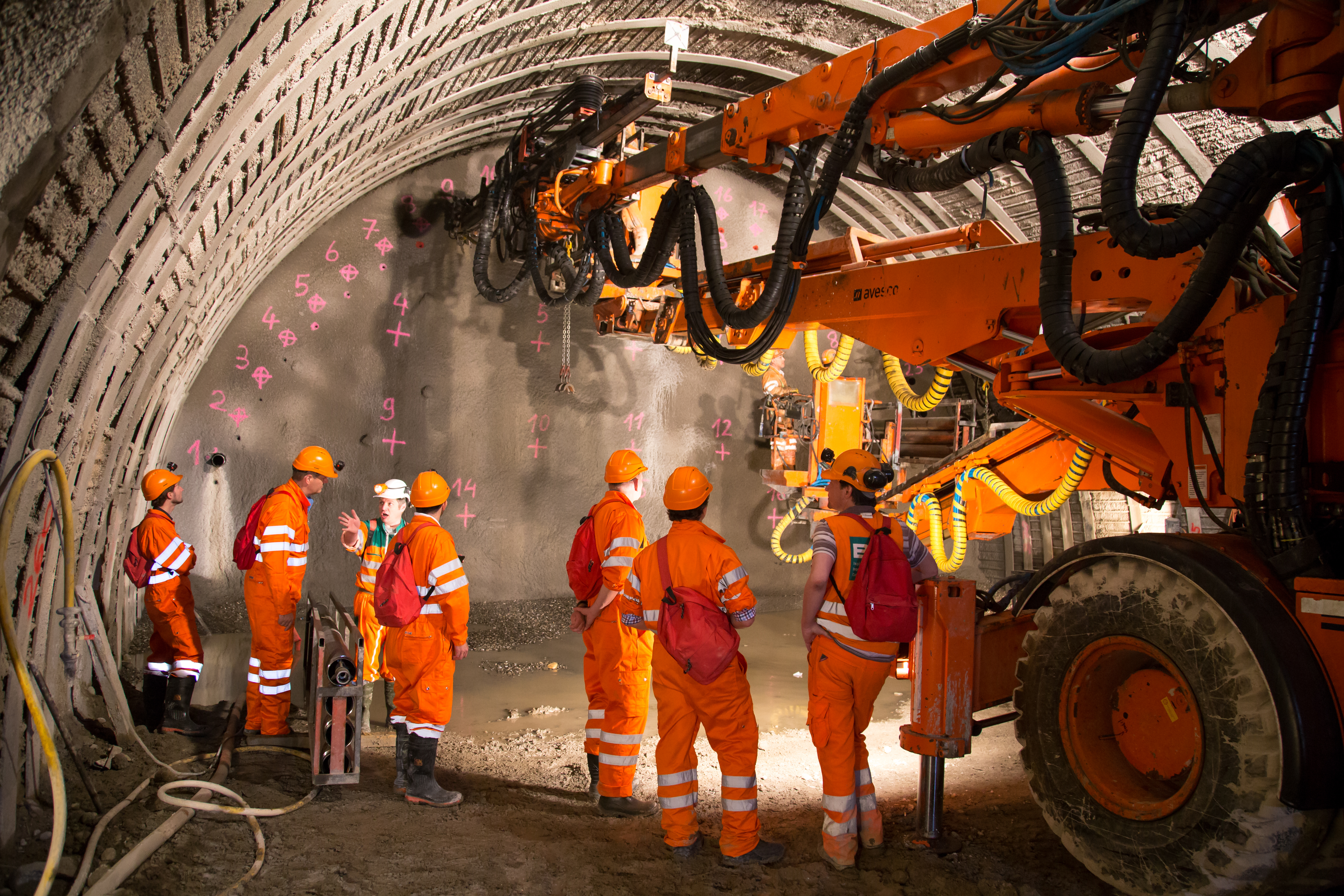
views
On Wednesday, a Metro rake completed a voyage beneath the bed of the Hooghly River through a tunnel 32 metres below water level, marking a major milestone for the Kolkata Metro. Officials described the development as a “historic event,” and stated that the trial runs from Howrah Maidan to Esplanade will continue for the next seven months, after which regular services on this stretch will resume. Commercial services on this length are planned to begin this year.
Kausik Mitra, CPRO/Metro Railway said, “this is a historic moment for Metro Railway as after overcoming many hurdles we have succeeded to run rakes beneath the Hooghly river.”
“This is a revolutionary step in providing a modern transport system to the people of Kolkata and suburbs. This is indeed a special new year gift from Indian Railways for the people of Bengal,” he added. Read more on this here
Amid the development, let’s understand how underwater tunnels are constructed:
World’s First Underwater Tunnel
The world’s first underwater tunnel was created beneath the Thames River, which flows through London. London was the hub of trade in Europe and much of the rest of the globe in the early nineteenth century. Ships delivering coal and other products clogged the ports, and horse-drawn carriages clogged the roads, according to a report by Science ABC. Authorities needed a solution to enhance trade and travel rates without increasing the amount of floating traffic.
Marc Brunel, a French-British engineer, devised a mechanism in 1818 that could tunnel through the seabed without allowing any mud or water in.
He employed what is now known as a ‘tunnel shield,’ a 40-foot submarine shielded by a 3 foot thick wall of steel and masonry. The Thames Tunnel between Wapping and Rotherhithe was built by hand, with individuals physically chipping away at rocks and sand. As the shield moved forward, employees in the front, exposed through small cavities, would dig, while those behind would line bricks along the newly formed tunnel. The workers had to create two outlets, one for dirt and sand and another for water.

What was supposed to take three years took roughly eighteen. Finally, the bricks were reinforced with concrete, and the construction of a tunnel capable of carrying horse-drawn vehicles – and later trains – was completed. The tunnel is an important section of London’s Overground railway network. For a brief time, it was considered the world’s eighth wonder, the report says.
And Now?
Today, underwater tunnels are frequently built using massive tunnel-boring machines (TBMs), sometimes known as moles. These machines cost millions of dollars, yet they can build enormous tunnels in a matter of minutes, according to a report by Wonderopolis.
As the machine moves slowly ahead, a circular plate bearing disc cutters spins to cut through rock. As the machine excavates the tunnel, it also contributes to the construction of the walls that will eventually sustain the tunnel.

France and England utilised 11 huge TBMs to construct the three tubes that comprise the 32-mile Channel Tunnel in under three years. These tunnels, often known as the Euro Tunnel or Chunnel, currently connect the two countries beneath the English Channel.
The cut-and-cover approach is another new method for making underwater tunnels. Builders use this method by digging a trench in the riverbed or ocean floor. They next insert prefabricated steel or concrete tubes into the trench. Workers link the sections of tubes and pump out any remaining water after the tubes have been coated with a thick layer of rock.
The Ted Williams Tunnel, which connects the southern section of Boston to Logan Airport, was built using this technology. The 12 massive steel tubes submerged in the trench were each 325 feet long and already had fully-built highways.
Read all the Latest Explainers here


















Comments
0 comment